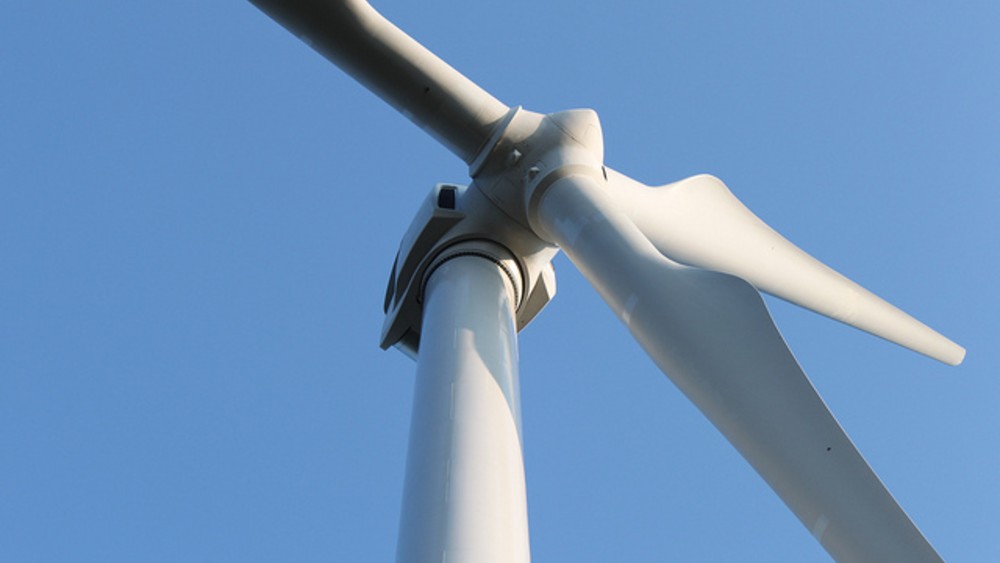Government's analysis, assessment and research activities
Infrasound does not explain the symptoms associated with wind power – final report of the research project now published

The project, carried out as part of the Government's joint analysis and research activities, examined whether the infrasound produced by wind turbines has harmful effects on human health. The studies focused on areas where residents have been known to attribute their symptoms to the infrasound produced by wind turbines.
Some people in Finland have also reported a variety of symptoms that they themselves have attributed to the infrasound from wind turbines. Studies conducted in other parts of the world have not found scientific evidence of a possible connection. Previous studies have not focused specifically on the effects of the infrasound produced by the turbines.
The objective of this research project was to investigate the infrasound produced by wind turbines and its effects. The project consisted of three studies: surveys, long-term measurements and exposure tests.
Surveys for residents in the vicinity of wind turbines
The survey examined the symptoms associated with the infrasound from wind turbines with a particular focus on the prevalence of symptoms in the vicinity of areas where wind power is produced.
One third of residents who attributed their symptoms to wind turbines classified their symptoms as severe. The range of reported symptoms was very broad. The most common were chronic diseases and functional symptoms and disorders. The respondents who attributed their symptoms to infrasound were more likely than others to consider the wind turbines disruptive. In addition, they were more likely to regard wind turbines as a health risk than people who did not attribute their symptoms to the infrasound produced by the turbines.
Many people who experienced symptoms also attributed them to the vibrations and electromagnetic field caused by the wind turbines.
Long-term measurements of the infrasound frequencies
Long-term measurements were used to determine what kind of noise the wind turbines generated inside the nearby dwellings. Measurements were carried out for a total of 308 days in two different areas where the wind turbines had a nominal power output of 3–3.3 MW.
According to the long-term measurements, wind turbines altered the sound pressure levels in a more urban direction in the sound environments of dwellings within a radius of approximately 1.5 km. The frequency of the noise generated by wind turbines inside dwellings was very low, less than 2 Hz.
Exposure tests under laboratory conditions
The exposure studies examined, under experimentally controlled laboratory conditions, whether the presence of infrasound affected participants’ ability to detect the noise from wind turbines, their perception of the disturbance it caused and their physiological responses. The experiments were conducted using the sound samples containing the most infrasound and the most significant pulsation recorded in the long-term measurements.
The participants were divided into two groups: people who reported that they experienced symptoms from infrasound produced by wind turbines and people who did not feel that they experienced symptoms from the infrasound.
In the exposure studies, the participants could not detect the presence of infrasound in the noise from the wind turbines, it did not affect their perception of the disturbance caused by the noise, and it did not cause an involuntary nervous system response indicating stress. There were no differences between the two groups of participants.
Multidisciplinary research team carried out groundbreaking work
The research was carried out through multidisciplinary cooperation by VTT, the Finnish Institute of Occupational Health, the University of Helsinki and the Finnish Institute for Health and Welfare.
A Policy Brief containing a concise summary of the implementation and results of the project for decision-makers was published on 20 April 2020. The final report (in English), published on 22 June, presents the implementation of the project and its results in further detail. The project began in August 2018.
Inquiries:
Vesa Pekkola, Ministerial Adviser, Chair of the steering group, Ministry of Social Affairs and Health, tel. +358 29 516 3282, firstname.lastname(at)stm.fi and Panu Maijala, Research Scientist, Project Leader, VTT, tel. +358 20 722 3214, firstname.lastname(at)vtt.fi (available 22–23 June)
The Government’s joint analysis, assessment and research activities (VN TEAS) produce data used to support decision-making, everyday operations and knowledge-based management. They are guided by the Government’s annual plan for analysis, assessment and research. The content of the reports published in the publication series of the Government’s analysis research and research activities is the responsibility of the producers of the data in question and does not necessarily represent the view of the Government.
Permanent address of the publication in the Institutional Repository for the GovernmentLink to an external website
Policy Brief: Tuulivoimaloiden infraääni ja terveys
Video: Tutkimus: tuulivoimaloiden infraääni ei aiheuta terveysvaikutuksiaLink to an external website


